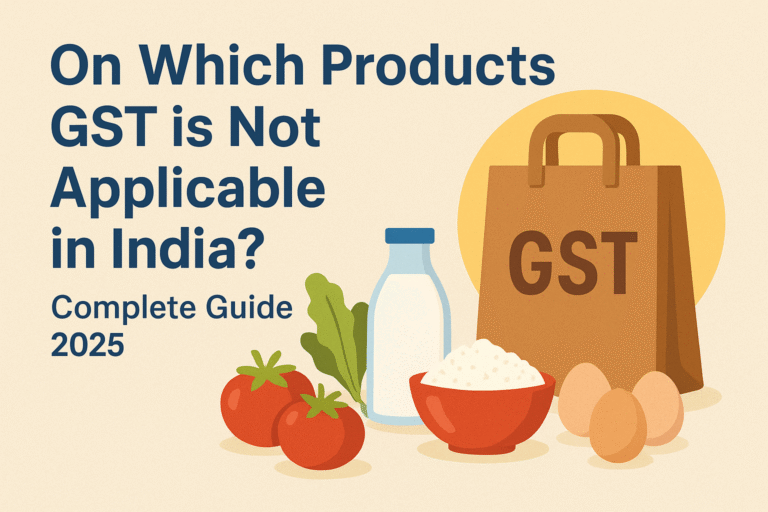Between 2018 and 2020, the Trump administration invoked Section 301 of the Trade Act of 1974 to impose additional duties—ranging from 10% up to 25%—on a wide array of imports from multiple trading partners, including India. While most headlines focused on China, India found itself on the receiving end of higher levies on products as diverse as almonds, lentils, steel, and pharmaceuticals. This article examines why India was targeted, how the duties were structured, their immediate and ripple effects on the Indian economy, and what the future holds for Indo-U.S. trade relations as of 2025.
Historical Background
Pre-2018 India–U.S. Trade Relations
Before 2018, bilateral trade between the U.S. and India grew steadily year after year. In 2017, total two-way trade crossed US $126 billion, with India exporting predominantly agricultural goods, textiles, gems and jewelry, and pharmaceuticals, while the U.S. supplied aircraft, machinery, and electrical machinery.
Section 301: Legal Basis and Process
Section 301 empowers the U.S. Trade Representative (USTR) to investigate and respond to “unfair” trade practices. After an investigation concluded in March 2018 that certain Indian duties and non-tariff barriers harmed U.S. commerce, the USTR proposed tariffs on roughly $200 billion of Indian goods, eventually settling on targeted lists totaling about $7.5 billion in annual trade.
Tariff Timeline & Scope
| Date | Action | Tariff Rate | Affected Products |
|---|---|---|---|
| June 15, 2018 | USTR announces intention to add 25% tariffs | 25% | Steel, aluminum (global list) |
| June 18, 2018 | India added to Section 232 (steel & aluminum) list | 25% / 10% | Steel (25%), aluminum (10%) |
| July 2019 | Final USTR list under Section 301 | 10–25% | Almonds, lentils, dairy, textiles |
| November 2019 | India’s retaliatory tariffs announced | 5–70% | Harley-Davidson bikes, etc. |
Sectoral Impact on India
Agriculture & Commodities
-
Almonds & Pistachios: U.S. tariffs hiked from 10% to 25%, leading to a 15% year-on-year drop in U.S. imports of Indian nuts in late 2019.
-
Pulses & Lentils: With duties up 10–25%, Indian exporters sought alternative markets in the Middle East and Africa to plug a roughly $200 million gap.
Manufacturing
-
Steel & Aluminum: India’s global export volumes were dented by the 25% levy, but diverted shipments to Southeast Asia helped recoup some losses.
-
Pharmaceuticals: Although most Indian generics remained duty-free, excipients and certain intermediates faced new charges, adding up to $500 million in additional costs.
Services & IT
The direct tariff impacts on services were negligible, but depreciation pressures on the rupee and trade tensions fueled uncertainty among India’s IT exporters, who rely on U.S. visas and business travel.
Economic Fallout
Export Declines & Data Trends
-
Short-Term: Indian exports to the U.S. fell by about 4% in 2019 compared to 2018.
-
Currency: The rupee weakened from ₹64/USD in mid-2018 to near ₹71/USD by early 2020, partly reflecting capital outflows amid trade tensions.
-
Stock Markets & FDI: Indian equities underperformed large-cap emerging-market peers, and U.S. foreign direct investment slowed by roughly 10%.
Diplomatic & Strategic Responses
India’s Retaliatory Tariffs
In November 2019, India imposed its own tariffs—ranging from 5% up to 70%—on 28 U.S. products, including motorcycles, cherries, and almonds, targeting politically sensitive items.
Negotiation Rounds
Bilateral discussions in late 2019 and early 2020 failed to yield substantive rollback. India pressed for removal of Section 232 duties on steel and aluminum; the U.S. sought greater market access for agricultural goods.
Winners & Losers
Winners
-
Alternative Export Markets: India redirected pulses and nuts to the Middle East, Africa, and Southeast Asia, where demand surged.
-
Domestic Producers: Steelmakers like JSW Steel benefited from global supply shortages and uplifted domestic prices.
Losers
-
Small Exporters: Smaller agribusinesses lacked the scale or networks to pivot quickly.
-
Consumers: Higher import costs led to modest price increases for nuts, certain chemicals, and specialty metals in India.
Medium- & Long-Term Implications
“Make in India” Acceleration
The duties underscored India’s vulnerability as an exporter. In response, New Delhi fast-tracked incentives for local manufacturing—especially in electronics, chemicals, and active pharmaceutical ingredients.
Global Supply-Chain Shifts
Multinationals began diversifying supply chains away from both China and India, exploring Vietnam, Mexico, and Eastern Europe. India’s challenge was to enhance infrastructure and ease-of-doing-business metrics to capture a larger share of this migration.
Expert Opinions & Forecasts
“Tariffs were a wake-up call. Indian exporters who adapted to new markets minimized losses, but many mid-sized firms are still rebuilding global networks.”
— Trade Analyst, Federation of Indian Export Organisations
A 2021 survey of 250 exporters found:
-
70% revised product portfolios.
-
55% invested in market-diversification initiatives.
-
40% reported long-term contracts renewed at lower volumes.
Conclusion & Future Outlook
Though the Biden administration rolled back many Trump-era tariffs on global allies by mid-2021, Section 232 duties on steel and aluminum remain in place for India as of 2025. Indo-U.S. trade has since rebounded—totaling over US $160 billion in 2024—but the episode left a lasting imprint:
-
Lesson for Indian Exporters: Diversify markets and build flexible supply chains.
-
Policy Imperative: Accelerate domestic manufacturing reforms to reduce dependence on any single market.
-
Strategic Depth: Strengthen diplomatic engagement to pre-empt unilateral trade actions.
In sum, Trump’s tariffs served both as a shock and a catalyst—prompting India to recalibrate its export strategy, accelerate “Make in India,” and deepen trade ties with alternative partners. As global trade governance evolves, both nations will need to balance national security concerns with the benefits of an open, rules-based system.






